What Is Allspice? Your Complete Beginner's Guide
Allspice is a single spice made from dried berries of the Pimenta dioica plant—not a blend as many believe. Native to Central America, Mexico, and the Caribbean, these small brown berries deliver a complex flavor combining cinnamon, nutmeg, and clove notes, explaining its misleading name. This complete guide reveals exactly how to use allspice in everyday cooking, proper substitutions, and why Jamaican allspice is considered premium.
Despite common misconceptions, allspice comes from one source: unripe berries of the allspice tree, traditionally sun-dried in Jamaica where optimal humidity develops deeper flavor compounds. The 'all-in-one' flavor profile makes it invaluable for both sweet and savory dishes—from pumpkin pie to jerk chicken—without needing multiple spice jars.

What's Inside Allspice? Simple Science Behind the Flavor
Allspice gets its complex taste from natural compounds that vary by growing region. Caribbean-grown berries develop richer flavor due to ideal climate conditions. Here's what creates that signature warmth without needing multiple spices:
| Key Component | What It Contributes to Flavor |
|---|---|
| Eugenol (70-90%) | Creates clove-like warmth; highest in Jamaican allspice for stronger flavor |
| Cinnamaldehyde (5-10%) | Adds cinnamon sweetness; develops during sun-drying process |
| Myristicin (2-5%) | Provides nutmeg earthiness; degrades quickly in ground form |
Unlike spice blends, allspice's magic happens naturally in the berry. Food scientists call this 'flavor layering'—where warmth evolves during cooking. For best results: use whole berries (last 6 months) rather than pre-ground (loses potency in 30 days), especially in slow-cooked dishes where flavors develop gradually.
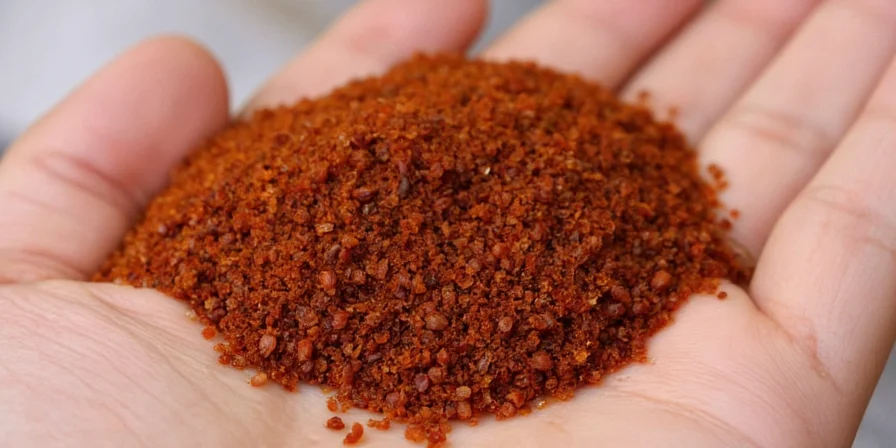
How to Use Allspice: Practical Tips for Everyday Cooking
Move beyond holiday baking with these proven applications that work in regular home cooking:
- Pantry staple substitute: Replace cinnamon in apple pie (use ⅓ tsp allspice per ½ tsp cinnamon) for deeper flavor without extra jars
- Meat tenderizer: Add 3 whole berries to marinades for tougher cuts—works naturally without altering texture
- Homemade preserves: Include 2 berries per quart of jam—they extend shelf life while enhancing fruit flavor
- Comfort drinks: Simmer 4 berries in hot cider for 10 minutes (remove before serving) for instant holiday warmth
Pro tip: Always add whole berries early in cooking (for soups/stews) but ground allspice late (for baked goods) to preserve optimal flavor. This simple timing trick prevents bitterness that makes many home cooks avoid allspice.
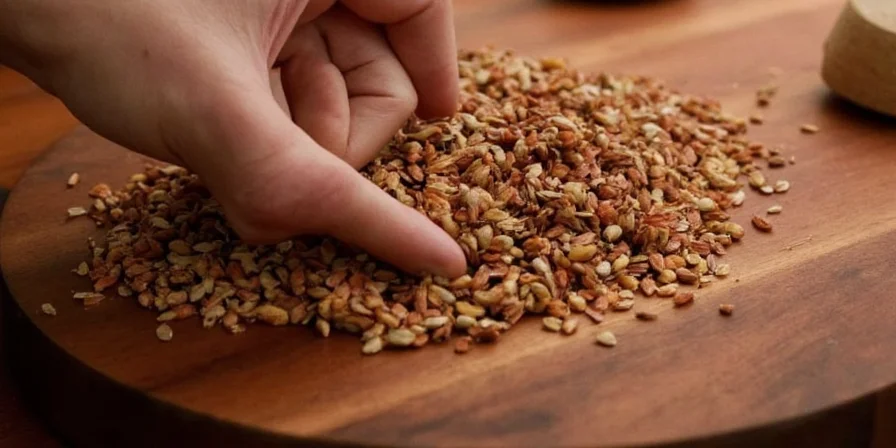
Allspice Storage & Selection: What Grocery Stores Don't Tell You
Maximize freshness and flavor with these practical guidelines:
- Buying whole vs. ground: Choose whole berries (plump, dark brown) for cooking lasting >30 minutes; ground works for quick recipes like cookies
- Freshness test: Crush a berry between fingers—strong aroma means fresh; musty smell means stale
- Proper storage: Keep in airtight container away from light/heat (not above stove); whole berries last 6 months, ground lasts 1 month
- Budget tip: Mexican allspice costs 30% less than Jamaican but works equally well in savory dishes—save premium for baking
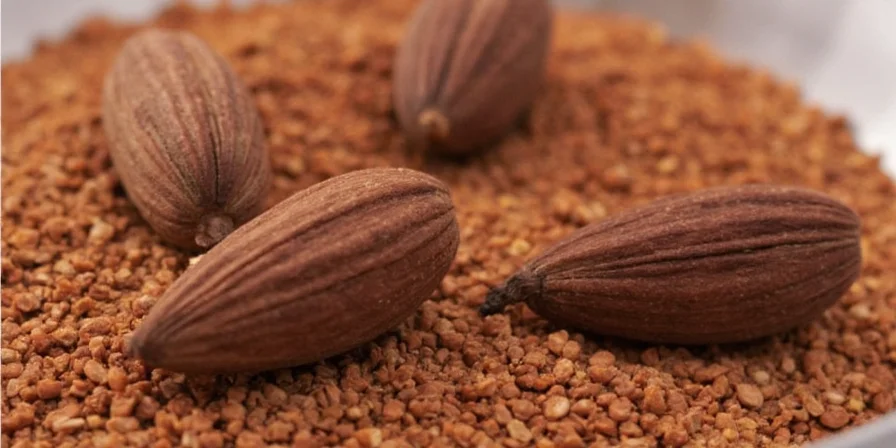
Allspice vs Other Spices: When to Use What
Understand exactly when allspice works better than single spices:
| Situation | Best Spice Choice | Why Allspice Wins | Easy Swap Ratio |
|---|---|---|---|
| Making tomato sauce | Allspice | Balances acidity better than single spices | ⅛ tsp allspice = ¼ tsp cloves |
| Baking pumpkin pie | Allspice | Creates layered warmth without clove's medicinal taste | ¼ tsp allspice = ½ tsp nutmeg |
| Marinating chicken | Cloves | Stronger flavor needed for quick marinades | ¼ tsp cloves = ⅛ tsp allspice |
| Hot chocolate | Cinnamon | Milder sweetness preferred | ½ tsp cinnamon = ⅓ tsp allspice |
Key insight: Allspice outperforms single spices in slow-cooked dishes where flavors develop over time. Use it when you want 'set it and forget it' spice complexity without monitoring multiple ingredients.

Is Allspice Worth Buying? The Honest Answer
Absolutely—especially if you want to simplify your spice collection. One jar of allspice replaces three common spices (cinnamon, nutmeg, cloves) for many recipes, saving both money and cabinet space. It's particularly valuable for:
- Beginner cooks overwhelmed by multiple spice jars
- Meal preppers making large batches (flavors develop beautifully)
- Vegans needing egg substitutes (allspice + applesauce works in cakes)
Start with whole berries from Caribbean producers (check package for origin), store properly, and use within 6 months. You'll notice the difference in dishes like beef stew, apple crisp, and even morning oatmeal—where that complex warmth elevates everyday cooking without extra effort.
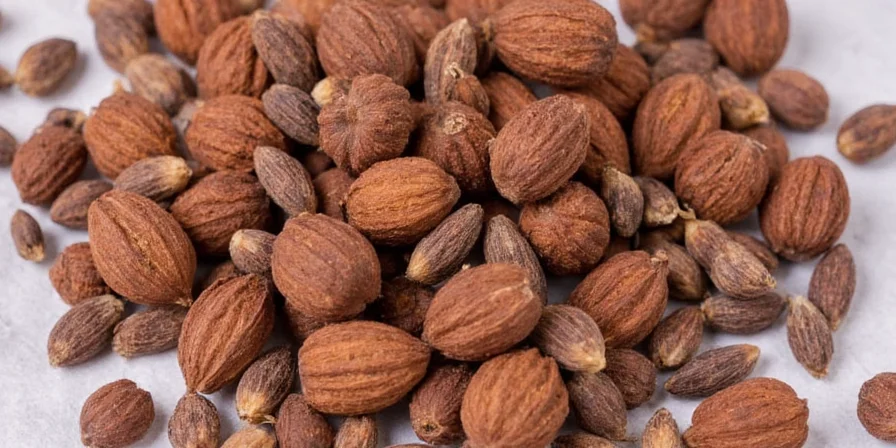
Allspice Questions Home Cooks Actually Ask
Can I use allspice instead of cinnamon?
Yes, in most recipes. Use ⅓ tsp allspice for every ½ tsp cinnamon called for. Works especially well in apple-based desserts and tomato sauces where it balances acidity better than pure cinnamon.
Why does my allspice taste bitter?
Bitterness means your allspice is stale or overheated. Ground allspice loses potency in 30 days—always check the 'best by' date. When cooking, add ground allspice in the last 10 minutes (unlike whole berries which go in early) to prevent bitterness.
Is allspice safe for kids?
Yes, in normal cooking amounts. It's commonly used in children's foods like gingerbread and apple sauce. Just avoid essential oil forms, which are highly concentrated and not for culinary use.
Does allspice contain pepper?
No. Despite the name 'pimenta' (Spanish for pepper), allspice is unrelated to black pepper. The name comes from 16th-century Europeans who used it as a pepper substitute during shortages.

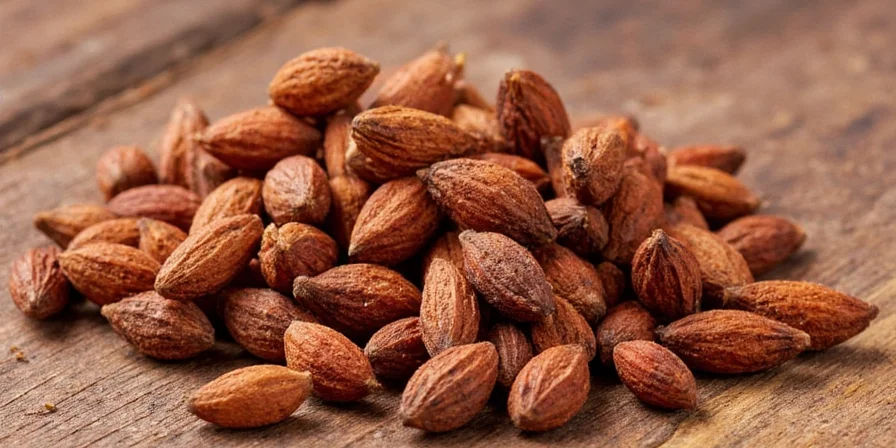









 浙公网安备
33010002000092号
浙公网安备
33010002000092号 浙B2-20120091-4
浙B2-20120091-4